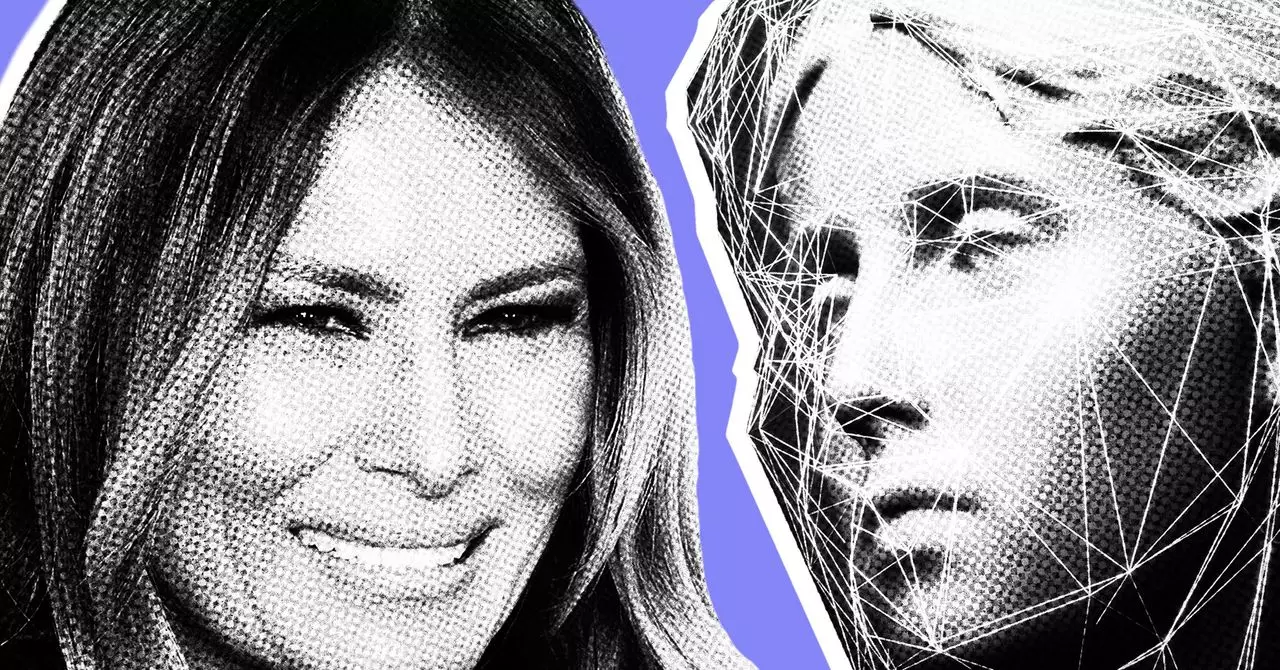In the complex landscape of artificial intelligence policy, the involvement of influential figures like Melania Trump raises compelling questions about the trajectory of the United States’ technological sovereignty. While her initiatives are still in their infancy, what becomes apparent is the strategic utilization of her platform to shape public perception and corporate commitments. The ambiguity surrounding her specific objectives—whether safeguarding children from AI harms or guiding them toward future-ready skills—reflects a broader uncertainty about how political figures can effectively influence rapidly evolving technology sectors. It underscores the delicate balance between promotional appearances and meaningful policy contributions. As observers, we should critically examine whether her participation denotes genuine commitment or a calculated move to amplify the administration’s narrative around innovation and development.
The Intersection of Politics, Industry, and Influence
The role of the First Lady in this AI dialogue is emblematic of a broader trend: the blending of political symbolism with corporate interests. Industry insiders hint that her engagement might catalyze substantial corporate commitments, surpassing mere financial pledges already made to the government. This suggests an emerging form of soft power—where influence is wielded less by legislative action and more through personal brand alliances. Notably, her attendance at high-profile events like dinners with industry titans indicates an acute awareness of her narrative power. The subtle dynamics—her attentive listening, smiling, and engagement with key figures—are more than social behaviors; they are a calculated step in positioning herself as a pivotal connector in the AI ecosystem. This strategic positioning can serve to sway corporate priorities toward policies and innovations aligned with her publicly stated goals, whether explicitly articulated or not.
The Broader Strategic Framework of U.S. AI Policy
Within the political domain, the U.S. government is actively pursuing an aggressive stance on AI dominance. Executive orders aimed at deregulation, infrastructure initiatives, and international standards are all part of a multifaceted approach to secure technological superiority. These efforts are largely driven by concerns over national security, economic competitiveness, and geopolitical influence—particularly vis-à-vis China. Yet, beyond these tangible policies, there lies a subtler message: the importance of shaping a narrative around American innovation as inherently benevolent and forward-thinking. Melania’s involvement, therefore, can be viewed as an extension of this narrative, a symbolic gesture that aligns her personal influence with overarching strategic goals. Whether she truly advocates for eco-friendly infrastructure or deeper ethical considerations remains secondary to her role in reinforcing the image of a united, innovation-driven national effort.
The Power of Symbolism in Shaping Public Perception
In political and industry circles, symbolism wields extraordinary influence. The fact that the First Lady appeared more at ease listening and engaging during the AI dinner, especially beside major industry figures like Sergey Brin’s partner, underscores her role as a facilitator of high-level networking. Her apparent attentiveness and positive demeanor signal a shift from conventional political activism to softer, more cultural forms of influence—shaping societal attitudes towards AI, its risks, and its promises. This careful choreography of appearances suggests an understanding that perception often molds policy, funding, and future collaborations more than debates in Congressional hearings. Her engagement amplifies the message that AI development is not solely a matter for technologists and policymakers but also a cultural narrative that can rally public support.
A Critical Reflection: Influence Versus Action
Despite the optimistic veneer, a critical lens compels us to question the tangible impact of Melania’s involvement. Is her support merely cosmetic, or does it have the potential to influence substantive policy and industry practices? Her silence on key issues like AI’s ethical challenges, its environmental footprint, and protections for vulnerable populations highlights a common pitfall of celebrity-driven advocacy—shaping perceptions without necessarily driving change. Meanwhile, the industry’s enthusiasm for her backing risks consolidating power within elite circles, potentially marginalizing broader public discourse. Influence, in its most effective form, demands more than symbolic gestures; it requires concrete commitments, transparent policies, and accountability—areas where her role remains unclear.
As we scrutinize Melania Trump’s emerging role in America’s AI discourse, it’s evident that influence transcends mere words or appearances. It resides in the ability to forge alliances, shape narratives, and implicitly steer priorities within a highly competitive geopolitical landscape. While her participation may appear superficial to some, it hints at a deeper strategy—one that leverages soft power to embed technological development within the cultural fabric of national identity. The true test will lie in whether her symbolic presence can be translated into meaningful progress that genuinely protects society and advances the nation’s AI ambitions, or whether it remains a fleeting spectacle of influence that ultimately shapes little more than perceptions.

